Let’s continue with our look at what makes the best movie villain, and our stroll through the introduction phase of that process.
We’ve talked about the exact circumstances of when an antagonist is introduced to the audience, its place in the narrative, the other cast members that share this moment, what this scene is trying to tell the audience about the story or the character. But now let’s take a close look at the actual antagonist in this moment, and how the filmmakers and production team endeavour to get us to notice this pivotal character right from the off. In essence, we will briefly look at the importance of distinction:
“Distinct – The antagonist must be distinct in some way from others, whether it be some physical aspect, or some action in the moment that we meet them, that marks them out as different.”
This is Character Building 101 of course, something that is true for any person of note in any story ever. And it is something that is remarkably hard to mess up, to the extent that this may well be the shortest entry of this planned series. Even the worst villains in movie history had some element of distinction to them, something that made the audience look at this character and understand that they are important to the story being told, that they are above the rank-and-file of the cast at large.
This can be done in a number of ways of course, most notably through some manner of physical distinctiveness, something we can actually see with our eyes immediately. Maybe it’s something as simple as the villain wearing a glaringly contrasting colour to the other cast members and set:
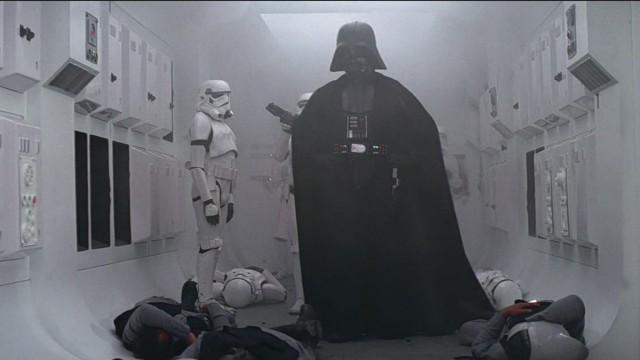
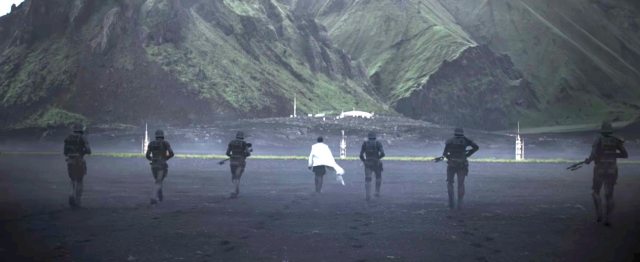
Maybe the antagonist is suitably big and impressive looking, even if the framing of this is designed to cover up other flaws of the character:
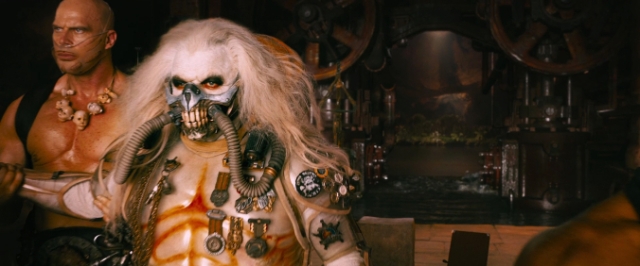
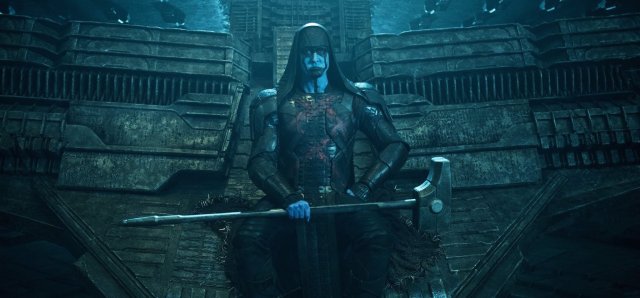
Or maybe it’s just a look in the eyes that actually draws you past other bizarre details of their physical image or deportment:
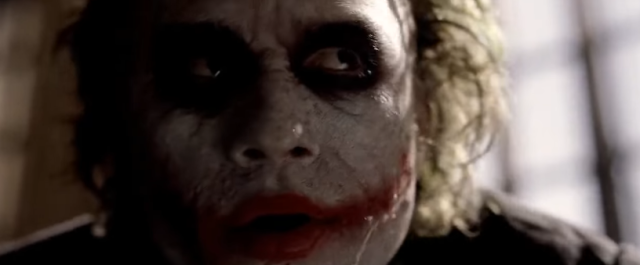
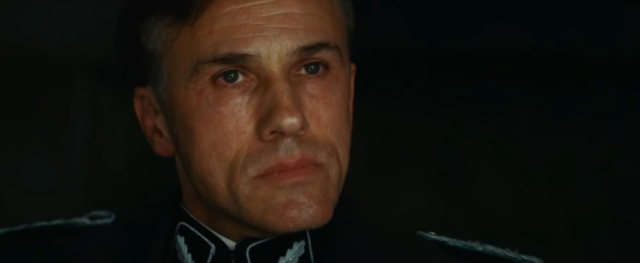
Maybe in a film largely populated by kids or teens, their distinction is their age:
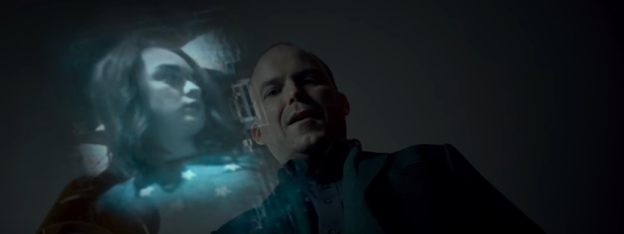
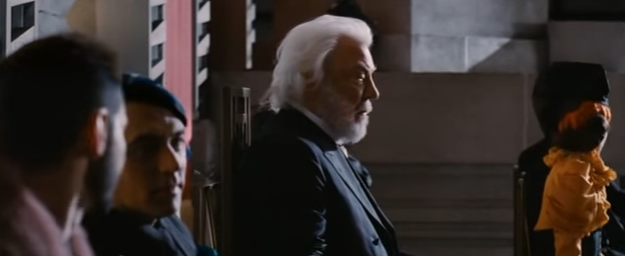
And sometimes it can be something as simple a comical juxtaposition of someone’s sense of self-importance and their actual physical dimensions or gaudiness:
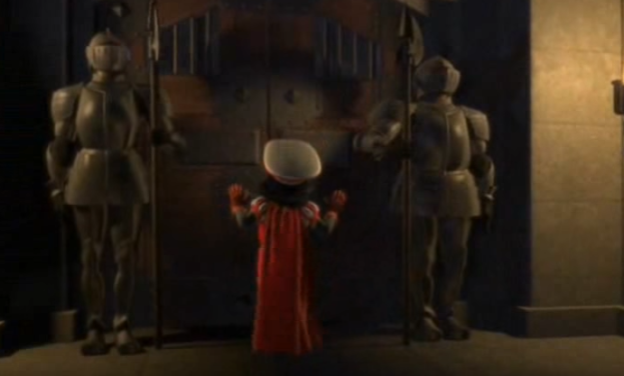
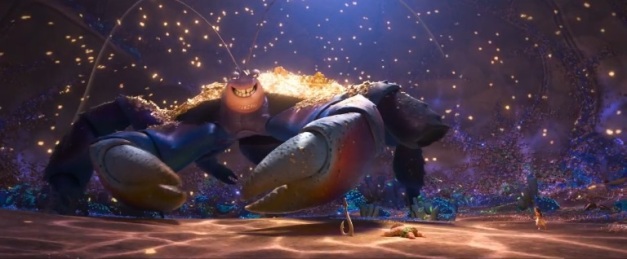
Either way, they all work to mark the character out, and, if done with an extra bit of skill, they can actually tell us something about the character as well. In the case of Vader for example, we can see immediately that he’s probably the guy in charge considering he’s the sole man in black when everyone else is in white. We can see that Immortan Joe is a man obsessed with appearances to a certain extent, who doesn’t want to betray any weakness to his followers. We can see that the Joker is a bizarre but grotesquely intelligent man. And we can see that Lord Farquad has a bit of a Napoleon complex before he even opens his mouth.
This part of the villain process – as it exists for any major character in any story – is so hard to mess up that I struggle to think of any negative examples that I can use. Often when a villain seems indistinct it can emerge that they aren’t the main antagonist of the story at all: take the example of 2014’s Robocop, where the villain initially appears to be “Antoine Vallon”, the criminal who blows up Joel Kinnaman’s Murphy:
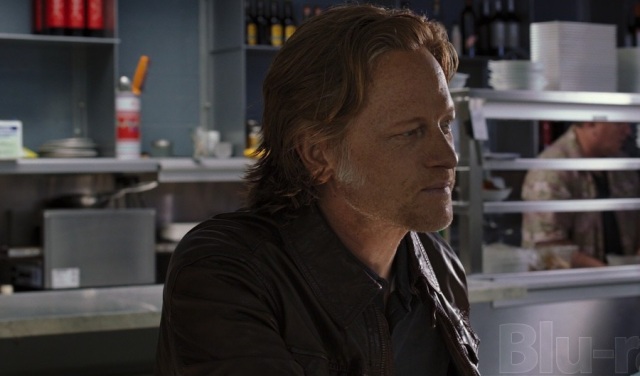
He’s a nothing character, both in characterization terms and in distinctiveness, just a hoodlum that the camera happens to focus on a bit more than the other hoodlums. But, as the film progresses, he fades from the narrative, replaced by the real main antagonist, Michael Keaton’s Raymond Sellers who only steps up into proper villainy in the third act.
Similarly, the previously mentioned Dominic Green of Quantum Of Solace fails to really jump out at the audience in his opening scene, looking physically unimpressive and dressed in the same casual clothing as everyone around him, but there isn’t a better villain coming along later in the production to save him.

Distinction is thus of obvious importance. But it’s far from the only thing, and what I have described here is essentially just that initial hook, that first sight that makes you perk up and understand that the character you are looking at is the antagonist of the story. But what is just as important, or more so, is the early statement that defines the antagonist, and that is what I will discuss next.
To read more entries in this series, click here to go to the index.

Pingback: The Villain Checklist | Never Felt Better